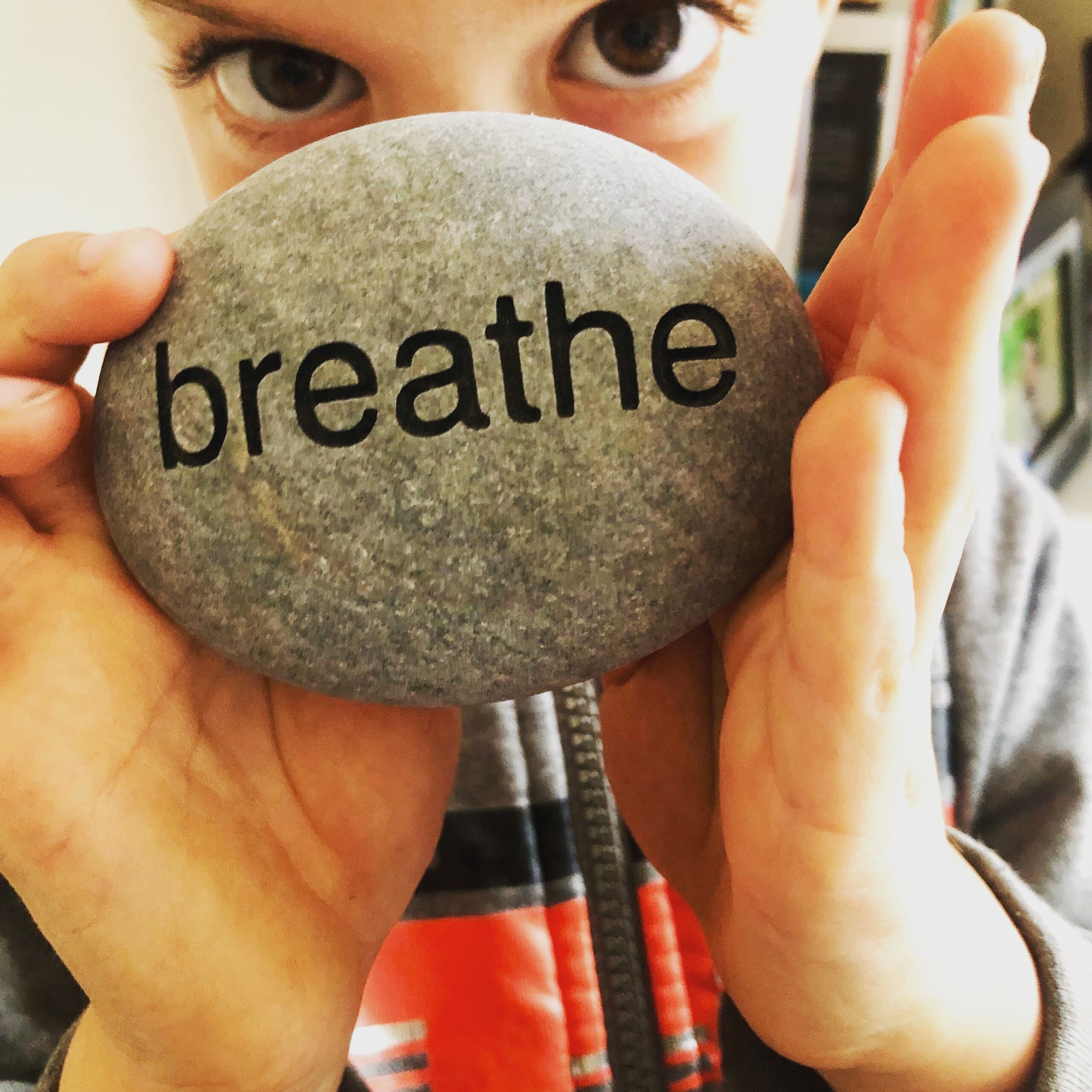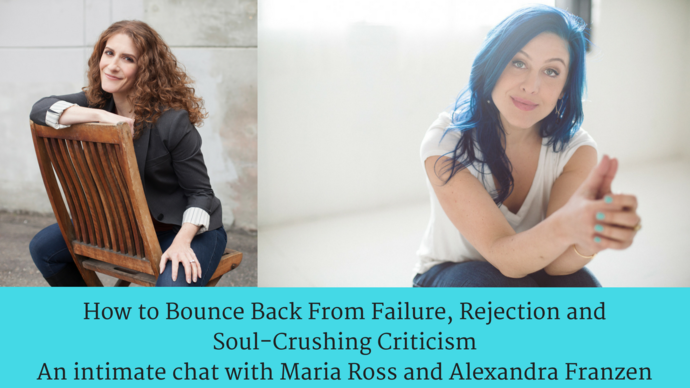There is much talk about social-emotional learning in schools all over the world today. And I am here for it. In addition to helping kids from a young age regulate their emotions, negotiate conflict, and constructively express their feelings, there are many efforts to teach children about empathy.
Not “teach them empathy” per se – that is a skill innate to us as human beings – but to help them recognize empathy and strengthen that muscle so it becomes so strong, it is part of their self-identity.
I spoke about Golestan in my book, The Empathy Edge. An innovative immersion school that centers empathy at the root of their curriculum. The results speak for themselves. When their kids matriculate into public high schools, they are often the ones with higher grades, better communication skills, and the ability to diffuse conflict. Teachers want these kids in their classes!
But there are many such efforts afoot to help kids tap into their innate empathy early on, before the muscle has atrophied. Among them, the great work of Ed Kirwan and the team at Empathy Week, which is a worldwide program to help kids practice empathy through the power of film. If you missed it, please check out my podcast interview with Ed to learn more!
But what we talk about less is how much we learn about empathy from our children.
Being a parent is an exercise in self-development every damn day. In order to teach your child life skills, you kind of have to master your own. You are put face to face with yourself in the mirror of your own foibles and deficiencies. Especially when teaching your kids about emotional regulation, forgiveness, and vulnerability.
When you teach, you need to model. And that is where the deep humility and learning come in.
My husband and I pledged to make emotional learning a core part of our son’s upbringing. Our hope is that he is better at communication, emotional literacy, and collaboration than even we are! A tall order. And one that requires us to reassess where we are in our own development of those skills.
Every day, I am forced to practice empathy because of my son. To meet him where he is, even when I don’t agree. When I am too tired or overwhelmed to listen. When I am trying to get us out of the house to school on time and he has still not put his shoes on.
And in the bigger stuff: I need to practice empathy that he is not me and I am not him and we see the world differently. He may not love game shows and reading mystery novels like I do. He may not (gasp!) desire to get straight A’s. He may not want to forgive a friend who has hurt him, even if it is the right thing to do because he does not bounce back as quickly as I do.
This all requires me to draw every ounce of empathy I have, take a breath, and reach out to meet him where he is.
If I want to model empathy for my son, I have to practice it with him. Even if I don’t have a neon sign pointing at me that says, “Pay attention! This is your mom being empathetic right now!”
As I navigate social and emotional learning with my son, I have worked to fill in my own gaps. Through reading, podcasts, reflection and outside therapy. What are my triggers getting in the way of my own success? How can I be more self-aware of my emotions? How can I make space to listen rather than speak? How can I learn to refill my tank and take a breath so I can be present for someone else? How can I redefine success?
Kids really are the best teachers.
Photo credit: Maria Ross





